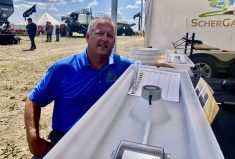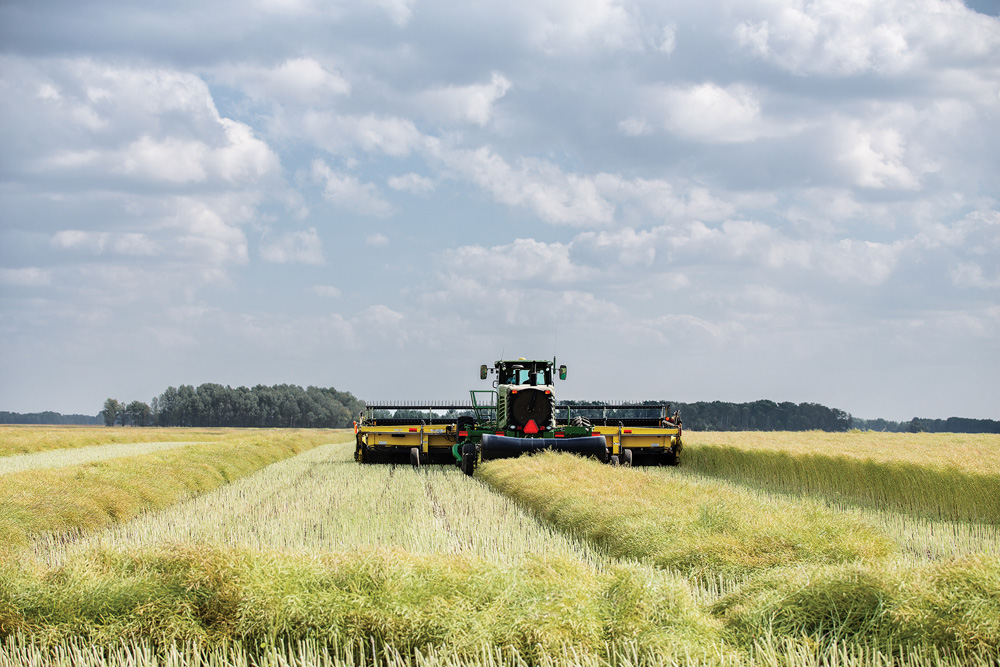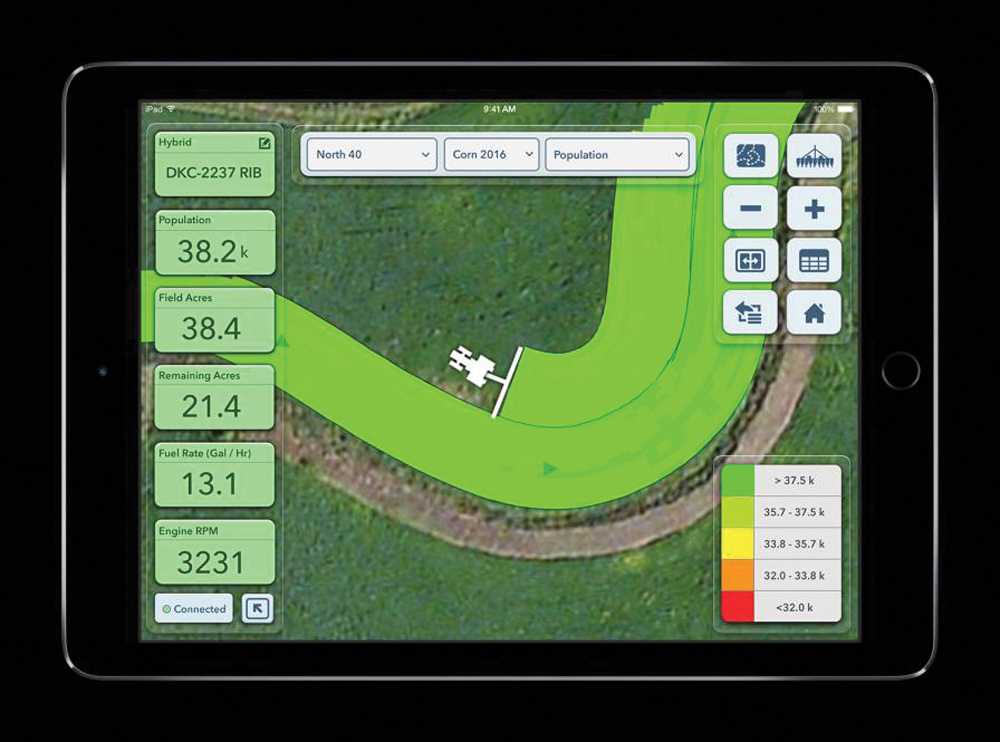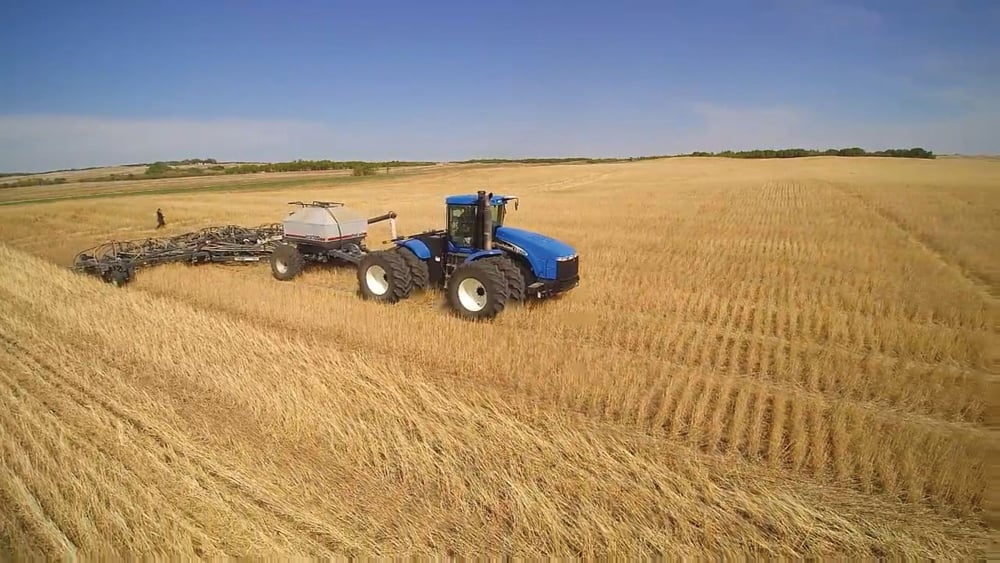With harvest season underway, it’s time to take precautions against combine fires, says John Nowatzki, North Dakota State University Extension Service agricultural machine systems specialist.
Crop residue buildup around combine engines and exhaust pipes are obvious places where fires can start. The surface temperature of exhaust pipes can be high enough to ignite straw and chaff. Operators should check these areas regularly throughout the day and remove any buildup of chaff, straw and dust. The shields and covers on older-model combines generally are less effective than the covers on newer machines at preventing residue buildup around engines.
Read Also
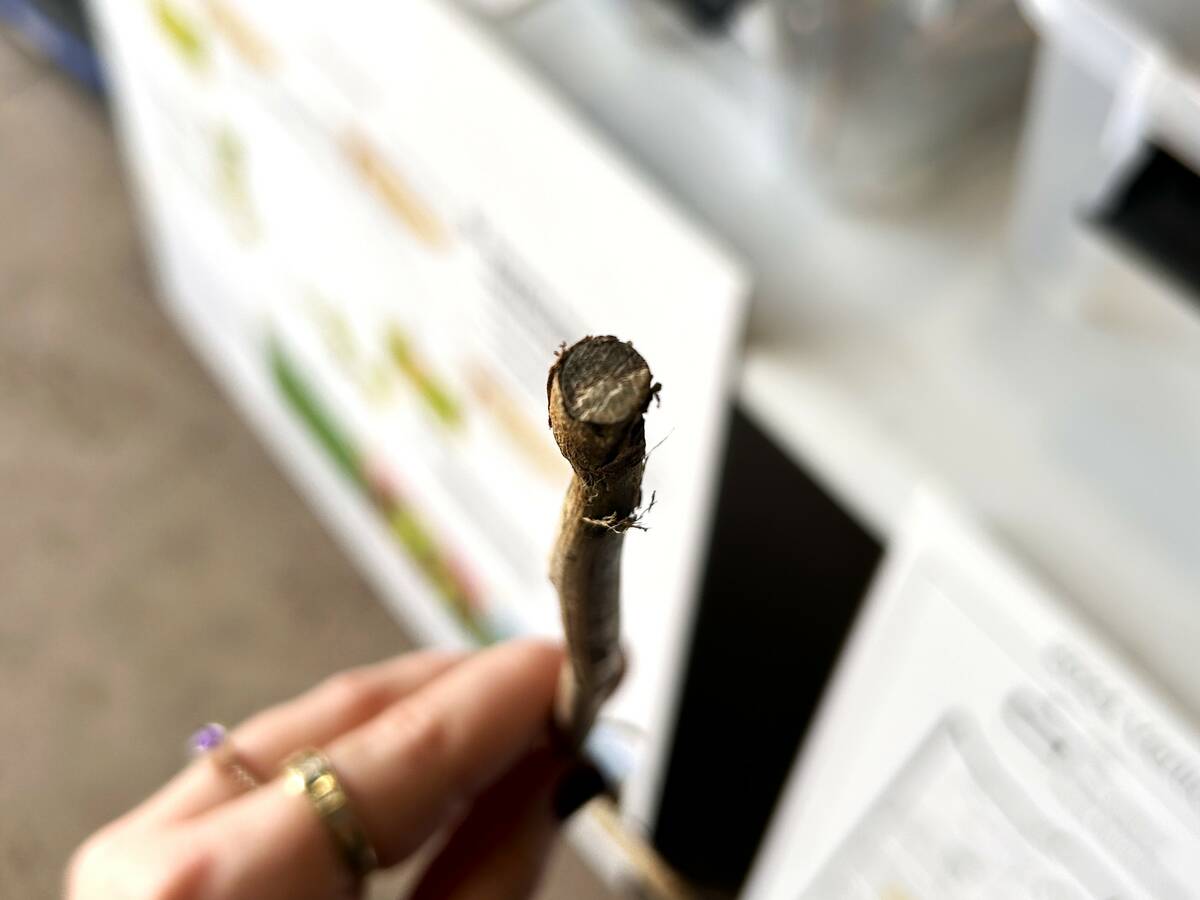
Manitoba canola embattled by verticillium
Verticillium stripe pressure has been growing in Manitoba, and canola farmers still have precious few tools to protect their crop from the disease.
“Loose belts and worn bearings can create enough heat to ignite crop residue,” Nowatzki says. “Operators need to monitor these conditions regularly. Shut down the combine and stop the engine to check the belts and bearings for potential fire hazards. Remove any buildup of dust and crop residue in contact with shafts, pulleys and bearings. Newer combines may be equipped with sensors to alert operators to potential hot spots. Operators still need to find those locations and make sure the area is free of debris.”
Exposed wires and worn insulation can cause electrical sparks that can lead to fires. If electrical fuses blow, operators should suspect the cause may be exposed wires. Inspect wiring harnesses to make sure there are no exposed wires.
Leaking hydraulic cylinders, hoses and fuel, and hydraulic tanks are obvious conditions that cause combine fires. Repair leaks immediately and wipe off any spilled oil and fuel. Be particularly careful while refuelling. Turn off the engine and let it cool before refuelling.
“Always have an approved, regularly maintained fire extinguisher in every combine, tractor, truck and pickup used in the harvesting operations,” Nowatzki says. “Check the condition of each fire extinguisher daily. Finally, have the local fire department’s telephone number recorded in the cab of all the machines and vehicles and listed in your cellphone.”



